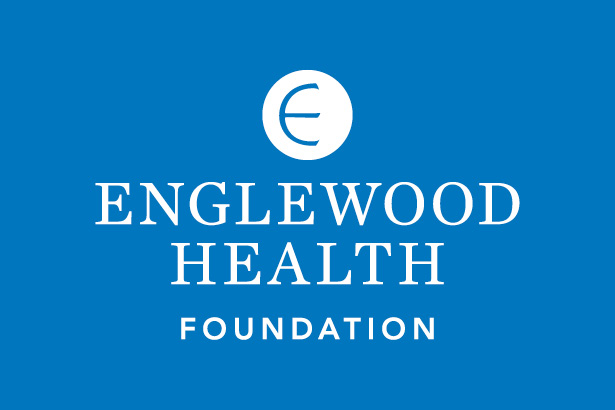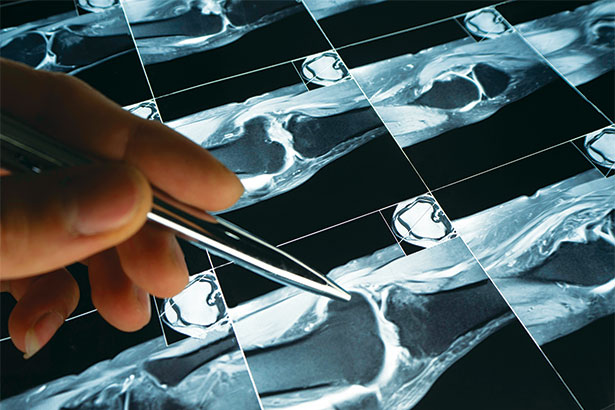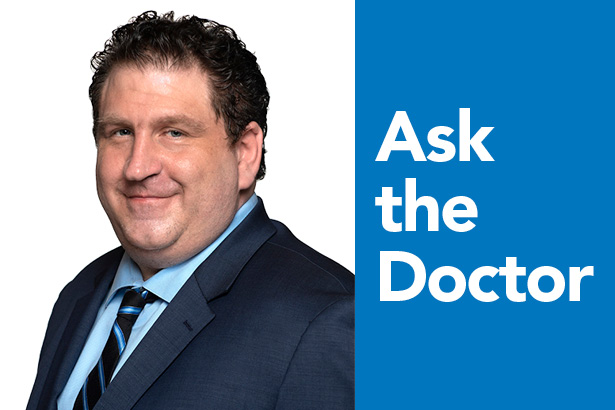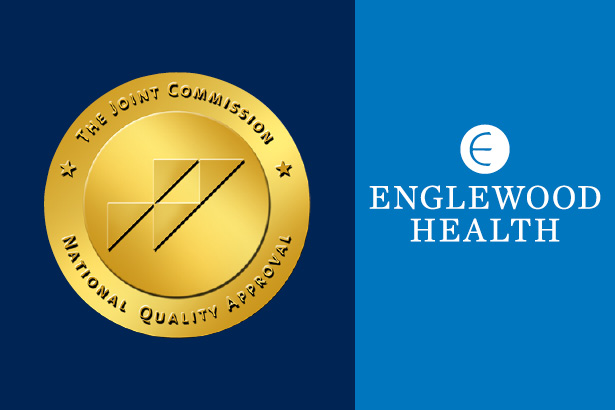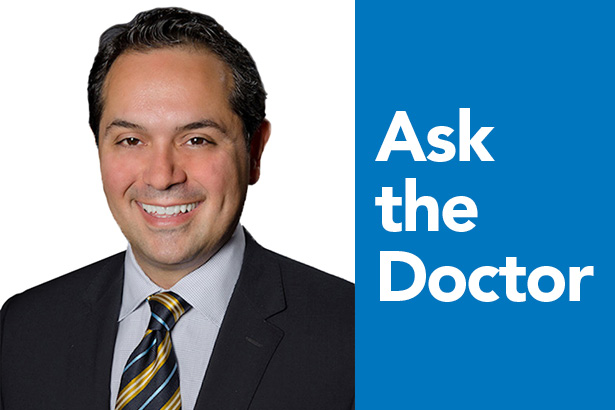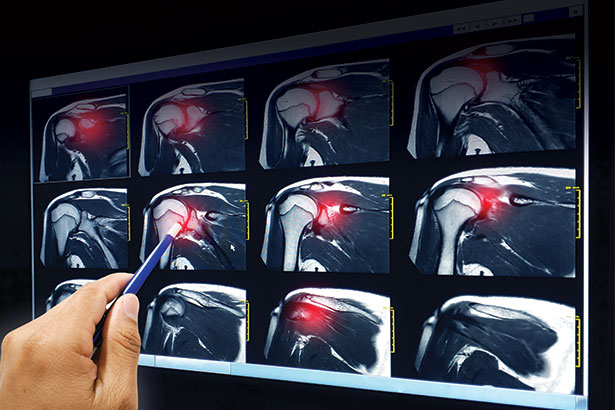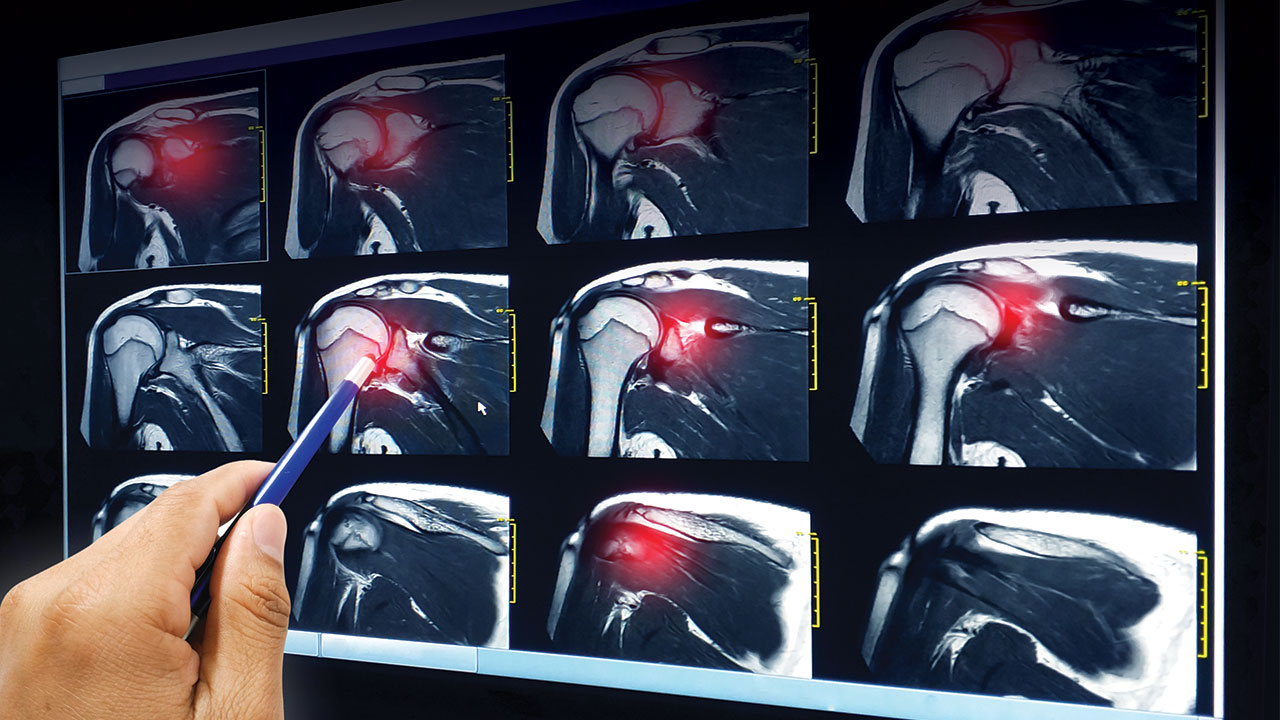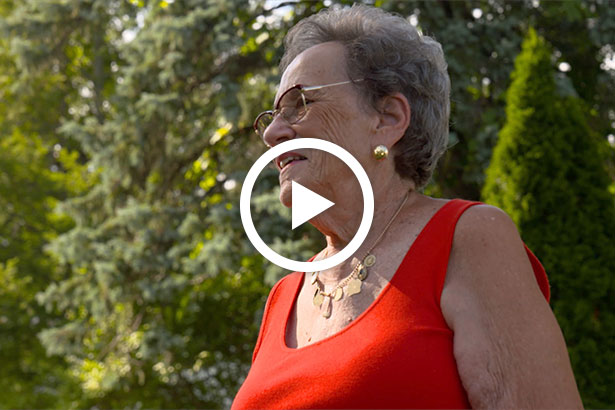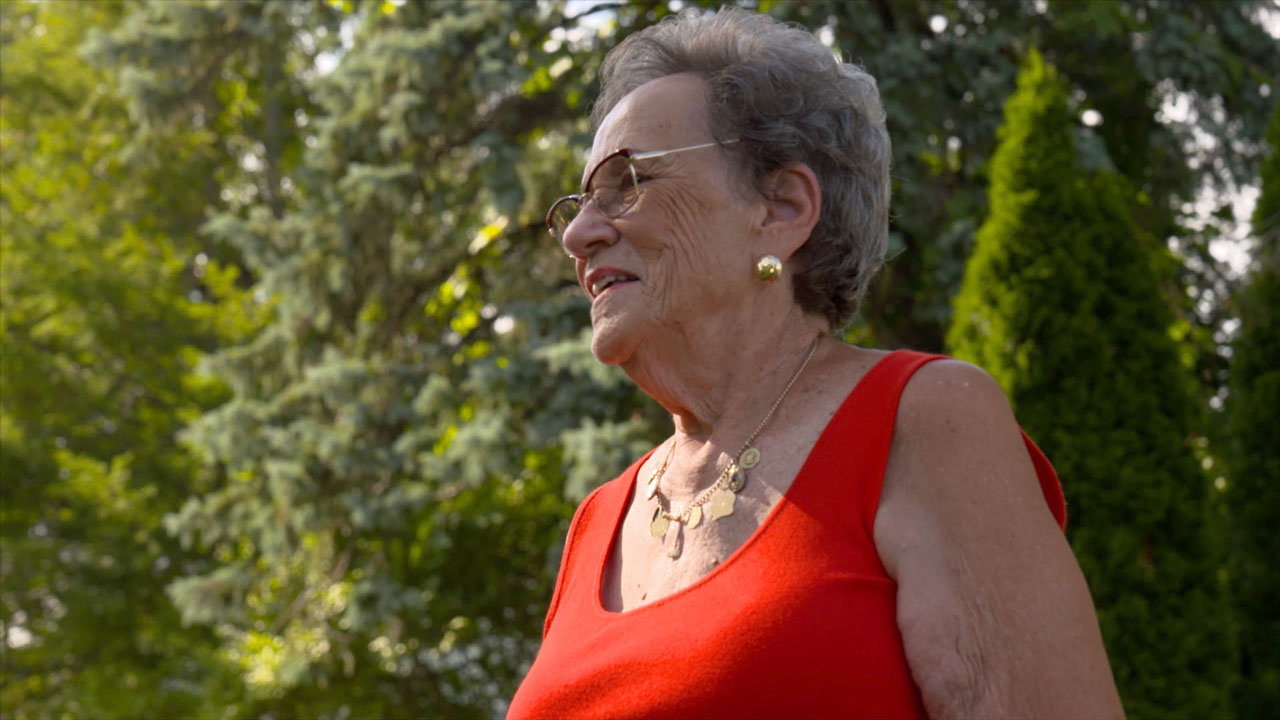April 23, 2021 — The Englewood Health Foundation is the recipient of a historic philanthropic pledge from ZT Systems, an international leader in the IT sector with headquarters in Secaucus, NJ. The $4 million pledge is the largest corporate pledge in the Englewood Health Foundation’s history. In recognition of the pledge, the newly planned outpatient center in Jersey City will be named the Englewood Health ZT Systems Outpatient Center at Jersey City.
“Englewood Health is resolute in its commitment to ensuring access to high-quality, compassionate care for patients throughout our region,” said Warren Geller, president and CEO of Englewood Health. “Thanks to ZT Systems’ commitment and leadership-level support, we will dramatically extend our reach and bring care to our patients’ doorstep—where and how they need it.”
Englewood Health ZT Systems Outpatient Center at Jersey City will serve as a centralized medical hub for the health system in Hudson County. The three-floor, 73,000+ square-foot medical facility, slated to open later in 2021, will provide increased access to medical expertise, services and screenings for the community.
“We are very thankful for the hard work and dedication that Englewood Hospital has shown in the community,” said Frank Zhang, President and CEO, ZT Systems. “The daily sacrifices of frontline workers during this pandemic have been both eye opening and admirable. We value our partnership with Englewood Health and this pledge is our way of showing our continued support to the Foundation and its dedication to the community.”
With more than 1,300 people working at ZT Systems facilities in New Jersey and New York, ZT Systems designs, builds, and services computer hardware that is central to hyperscale data centers. Hyperscale data centers make possible the cloud computing services that underpin many aspects of critical infrastructure and enable people to work, learn, and keep in touch remotely. The company’s commitment to philanthropy reflects their strong tradition of caring for and connecting with neighbors.
“ZT Systems’ pledge is an incredible vote of confidence for our team,” said Michael Gutter, chairman of the board of the Englewood Health Foundation. “Their generosity will open the door to a new era of care for patients in Hudson County and help write an exciting new chapter for Englewood Health.”
Among Englewood Health’s strategic priorities over the next decade is expanding care to meet the needs of traditionally underserved populations by engaging and empowering patients. This includes improved access to care and value-based community services that are convenient and patient-centered.
“Now, more than ever, health care is delivered beyond the walls of the hospital,” said Richard Lerner, chairman of the boards of Englewood Health and Englewood Hospital. “By prioritizing access, Englewood Health is reducing barriers to care that may have prevented patients from living fuller, healthier lives. This most recent addition to our health system will place special emphasis not just on treating disease but also welcoming patients as active participants in the healthcare journey.”
To learn more about the Englewood Health Foundation and how philanthropy creates impact on patient care, visit englewoodhealthfoundation.org.

